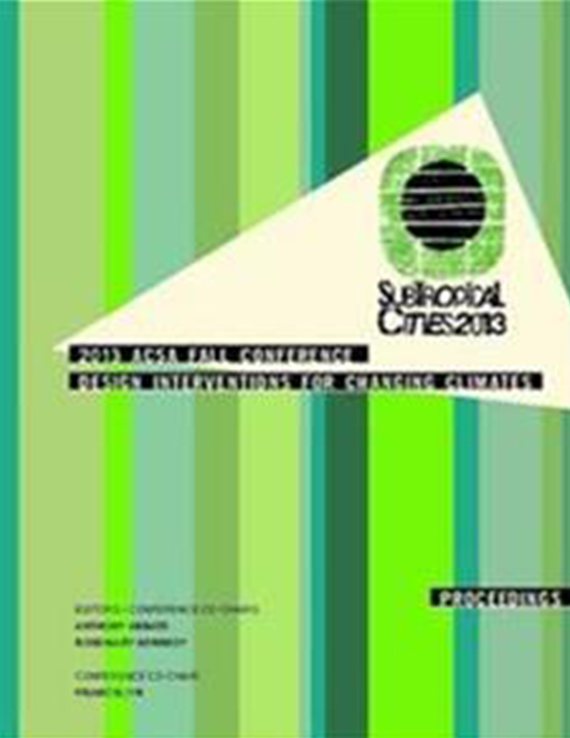Author(s): Pasquale De Paola
“Given the potential for evolution to optimize solutions to problem, it seems only natural to run to evolution toward the problem of how to best search for those solutions: essentially to use evolution to optimize itself.” – Lawrence Fogel, Intelligence Through Simulated Evolution, (New York: Wiley, 1999), 96.While evolutionary solvers have come a long way since Lawrence Fogel first proposed them in 1961, their use in architecture and urban design has been limited by stylistic developments that have erroneously identified computational strategies as the ultimate legitimation of aesthetically driven methodologies. Thus, this paper originates from the idea that architectural form ought to emerge from the interaction of non-linear processes that address biogenetic sophistication. Indeed, form does not arise from chaos, but it emerges from a very contingent system based on mathematical laws that justify pattern-making processes. Additionally, I point out that it is only through the use of generative algorithms that we can establish a new operative praxis more adaptable to subtropical issues and climatic instabilities. Considering the evolutionary qualities of this model, how can we design, program, and then transform our built environment so that it becomes completely responsive to the hosting ecosystem and its climatic agents? My paper proposes the implementation of an alternative process, which discards the indexicality of typical sustainable developments while focusing on the implementation of ecological and algorithmic models of urbanization. This methodology involves an approach based on the generative characteristics typical of self-organizing systems, which seek urban adaptability while processing human and climatic feedback, eventually generating morphogenetic urban solutions more consistent with the dynamic qualities of the hosting bionetwork. In order to clarify this methodology, my paper examines the theoretical premises of a design studio that investigated issues of urban resiliency in the weather-beaten Louisiana Gulf Coast. Within this pedagogical framework, students had to examine the application of generative algorithmic solvers such as Galapagos, an evolutionary component built-in Grasshopper™, which generated optimized urban forms relative to the parametric inputs selected. Weather systems were reduced to mathematical variables in order to create patterns of climatic behaviors, which were ultimately interpolated as numerical data. Those parameters – that include storm surge, wind, humidity, and rainfall – were eventually used as inputs connected to computational components defined by self-organizing forms typical of the regional ecosystem.To amplify the methodological framework formulated by Lawrence Fogel and david Rotten, the final part of my paper evaluates future implications of evolutionary programming as a non-normative way to generate, simulate, and prototype urban scenarios that embody self-adaptation and resiliency. Indeed, evolutionary computation can produce novel techniques that address systemic and ecological issues that are not normally prioritized by traditional design methods. To generate the best probability for urban survival, we ought to discard methodologies based on linear approaches, while considering alternatives that address variance and systemic interface. Computationally strategies seemed to offer an approach more open to complexity, transformations, and new types of scalar exchanges that cause the plan to evolve and variation to arise. It is either interact or die.
Volume Editors
Anthony Abbate, Francis Lyn & Rosemary Kennedy
ISBN
978-0-935502-90-9

 Study Architecture
Study Architecture  ProPEL
ProPEL 
